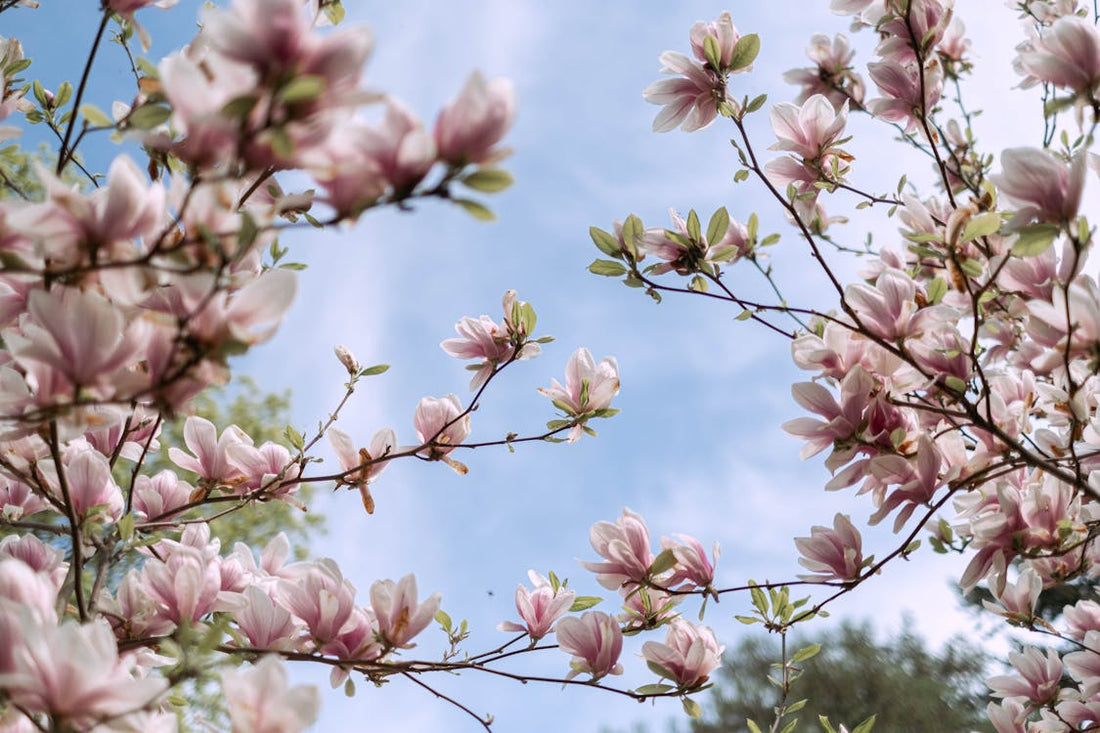
Background and history of the Magnolia
Share
The Magnolia is one of the oldest flowering plants in the world. Fossils of Magnolia-like plants are over 100 million years old, which means that this plant was already flowering at the time of the dinosaurs. The tree owes its name to Pierre Magnol, a French botanist from the 17th century.
The Magnolia originally comes from Asia and North and Central America. The tree plays an important role in various cultures. In China, for example, the Magnolia has been seen as a symbol of purity and dignity for centuries. In the United States, the Magnolia is an iconic plant in the southern states, where the flowers are often associated with hospitality and charm.
The popularity of the Magnolia spread rapidly throughout Europe during the 18th century, mainly because of its exotic appearance and fragrant flowers. In many classic English and French gardens, the Magnolia is still a fixture.
The Magnolia has remained a symbol of beauty and resilience throughout the centuries. Today, it is planted and appreciated in countless gardens around the world. Thanks to its timeless charm and impressive blooms, the Magnolia remains a favorite among gardeners and lovers of ornamental gardens.
With proper care, a Magnolia can last for generations, a legacy of beauty and nature that continues to fascinate.
